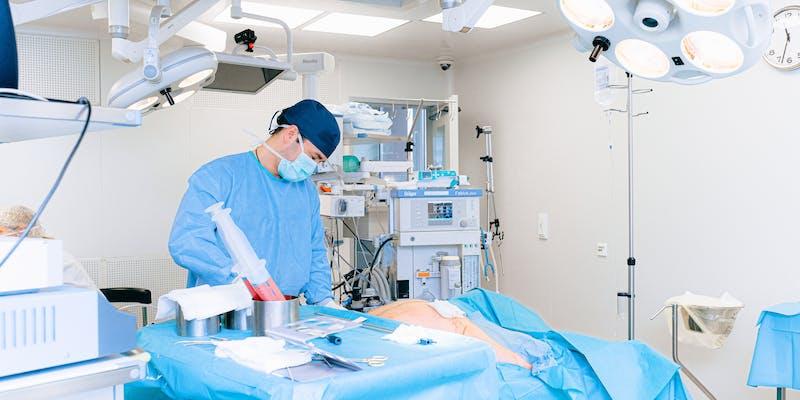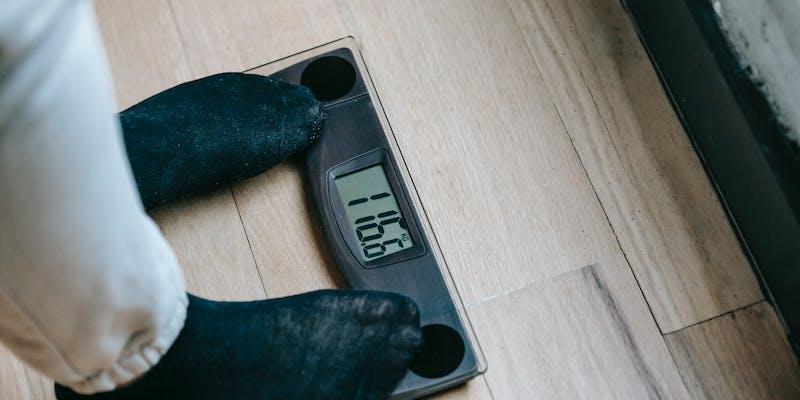Bariatric Surgery: A Permanent Solution or a Temporary Fix?
Feb 02, 2024 By Nancy Miller
Bariatric surgery or what is also known as metabolic surgery, which targets obesity, is one type of bariatric surgery. A high percentage of body fat contributes greatly to obesity. This chronic and progressive illness may lead to some complications that will surely shorten an individual’s life expectancy. The likelihood of CVD and stroke increases when the metabolic syndrome that includes obesity as one of its risk factors leads to high blood sugar, hypertension, cholesterol level, and also lipid levels in the human body.
The digestive system changes resulting from bariatric surgery may either reduce the capacity of eating the ability to absorb nutrients, or both. In addition to forcing you to permanently change your food and lifestyle, this major treatment is usually irreversible. It is reserved for obese patients when diet and exercise prove to be insufficient, carrying with it this same potential risk as a general surgical procedure.
Bariatric Surgery: Who should get it?

If you want to find out how obese one is, the BMI proves to be a great indicator. Here is the formula to determine your body mass index:
The BMI formula is weight (kg)/ height(m{2}).
You are a healthy individual who has a BMI between 20 and 23. The BMI values are between 23 and 27, denoting an overweight person as well as those ranging from obesity. As obesity complications appear early in Asian patients, the cut-off values tend to be lower than those recommended for Caucasians.
For patients who are extremely obese, The basic weight loss surgery requirements are a BMI of more than 40 is an operative indication for bariatric surgery. It is recommended that patients who have weight-related metabolic syndrome should have a BMI higher than 27 and undergo surgery.
Types of Bariatric Surgeries
You can choose from different surgical procedures in order to lose weight and stay that way. Once, these weight-loss procedures were often performed by traditional open surgery; nowadays we resort to the laparoscopic approach which is much less invasive.
Laparoscopic surgery
In order to visualize and perform the procedure, laparoscopic surgeons insert a telescope along with long thin fine-gauge instruments within the abdomen. The incisions are made using the sizes of 5 to 12 millimeters. With just a “keyhole” few incisions, the postoperative functional recovery is hastened. Since there is reduced downtime, the patients can be able to return promptly to their normal schedules. As the incisions are very small and fewer stitches are used, scarring is also minimal. All the bariatric medicine and operations work independently to reduce the weight of patients. They are, in normal usage, either malabsorptive or restrictive.
Laparoscopic Gastric Surgery
Reducing food intake through restrictive treatments, in Laparoscopic Gastric Banding or the so-called lap band surgery, enables patients to feel full earlier and satiety kicks in sooner after eating less. To make a small gastric pouch that only allows limited food to pass through, the top of the stomach is stitched with an elastic silicon band. This leaves you feeling satiated with little food. The delayed emptying of the pouch is achieved due to a long-lasting feeling of satiety after the meals.
A reservoir port is put in under the skin, overlying the breastbone and then a gastric band is locked. If necessary, after surgery the size of this band could be modified via an injection through this port with saline. With this treatment, the calibration of weight loss can be performed in a clinic.
Laparoscopic Gastric Bypass
This malabsorptive therapy diverts food from the small intestines, preventing them from absorbing numerous nutrients. In gastric bypass surgery, the upper stomach is divided and stapled in a small egg-shaped pocket. The "Y" shaped bladder is built by linking this to the lower end of the small intestine.
This bypass redirects the food to a small part of the intestines, where it is then instantaneously absorbed. It results in a very pronounced weight loss, though there is also the danger of developing vitamin and nutrient deficiencies over time. Gastric bypass is a type of surgery where much of the stomach gets severed from the remainder of the intestines, hence mucho endoscopy is impossible. However, this procedure may not be ideal for the high-risk patients since it becomes very difficult to monitor them in the future.
Laparoscopic Sleeve Gastrectomy
Due to its safety and effectiveness, laparoscopic sleeve gastrectomies are becoming more common. This surgery turns the stomach into a banana-shaped thin tube. Due to the diet limitations that will be implemented after the treatment, this surgery can be regarded as a food-limiting rather than a restrictive procedure.
Other than the healing of diabetes in metabolic syndrome patients, a high transit time for food through into the small intestines enriches action hormones from gut to reduce the blood sugar. The area of the stomach that produces ghrelin, a hormone associated with hunger is eliminated in the sleeve treatment. With minimal intakes of the meal, the patient is no longer hungry.
What Bariatric Surgery Would Best Suit Your Needs?

Based on your needs, your surgeon may review each operation's benefits and drawbacks. All these treatments are intended to be permanent except for laparoscopic gastric banding. Because it may be removed when the patient reaches maturity, gastric banding is often the recommended surgery for adolescents and teens.
Every one of these weight loss surgery requirements includes a two- to four-day hospital stay. Following surgery, you will be placed on a liquid diet and will progressively be allowed to eat solid and pureed meals again. Half a kilogram to a kilogram every week is our goal, on average. Two years after surgery, you should see a reduction of 60–80% of your extra fat.
You risk not losing enough weight or having the weight come back in the long run. People frequently reject doctors' advice or don't eat better and exercise more. Cosmetic surgery is not curative. To succeed with bariatric medicine and surgery, you must modify your lifestyle permanently. Assess your suitability for bariatric surgery with a surgeon.







